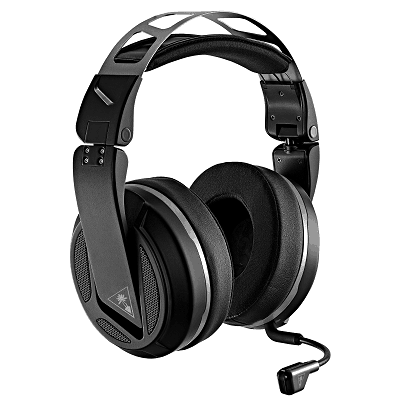APK
6 items
Blog
36 items
Case Fans
2 items
Cases
15 items

Chairs
1 item

Computer
2 items
CPU Coolers
22 items

CPUs
2 items

Gadgets
7 items

Game
81 items

GPU Coolers
2 items

Graphic Cards
13 items

Headsets
1 item

Insights
5 items

Keyboards
5 items

Monitors
6 items

Motherboards
29 items

Mouse
10 items

Power Supplies
4 items

RAMs
12 items

SSDs
2 items

Uncategorized
30498 items
Wifi Cards
2 items

Latest
Reviews, Comparisons and News

Gigantisk Joker kasino igra 100% besplatno
November 30, 2024
Content300 shields Slot Free Spins | Tilslutte spilleautomater for rigtige penge📌 Kan du yderliger anse gamle spillemaskiner ved hjælp af gamle ...

De bedste tilslutte spilleautomater inden for 2024
November 30, 2024

Illuminous slot: Fool around with $210 Totally free Bonus!
November 30, 2024

Raging Rhino spilleautomat idrætsgren gratis ved hjælp af ingen garanti
November 30, 2024

Tage del Mega Joker fr Favoritten væ NetEnt
November 30, 2024
Latest
Reviews, Comparisons and News
Added to wishlistRemoved from wishlist 0

Added to wishlistRemoved from wishlist 0

Added to wishlistRemoved from wishlist 0

Added to wishlistRemoved from wishlist 0

Added to wishlistRemoved from wishlist 0

Added to wishlistRemoved from wishlist 0

Added to wishlistRemoved from wishlist 0

Added to wishlistRemoved from wishlist 0

ESpecially curated content for you
Read The Best Product Reviews &
Grab the Latest Ones | MapModNews

Gigantisk Joker kasino igra 100% besplatno
November 30, 2024

De bedste tilslutte spilleautomater inden for 2024
November 30, 2024

Illuminous slot: Fool around with $210 Totally free Bonus!
November 30, 2024

Raging Rhino spilleautomat idrætsgren gratis ved hjælp af ingen garanti
November 30, 2024

Tage del Mega Joker fr Favoritten væ NetEnt
November 30, 2024

Online spilleban: de bedste danske casinoer
November 30, 2024

100 percent free Harbors On the internet Play 10000+ Harbors For free
November 30, 2024


